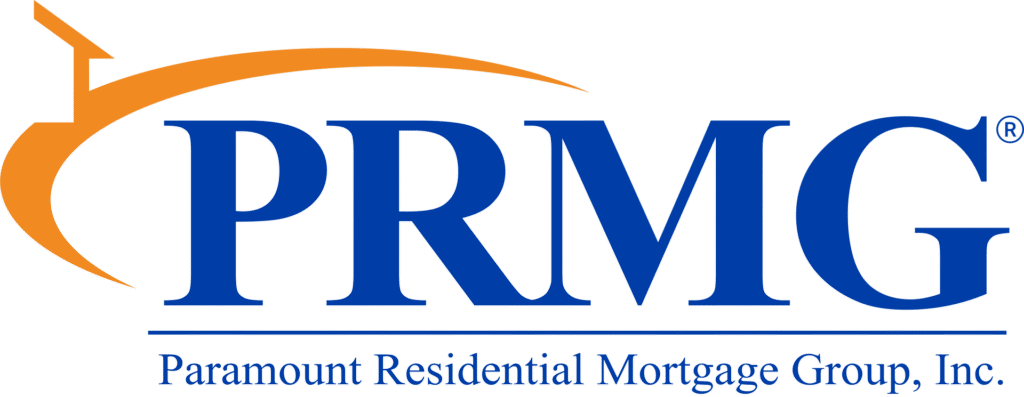
Refinance
What Is Mortgage Refinancing?
Mortgage refinancing is the process of replacing your existing home loan with a new one. Homeowners often refinance to secure better loan terms — such as a lower interest rate, reduced monthly payments, or a different loan structure — or to access home equity.
Why Should You Refinance?
Refinancing can offer significant financial benefits, including:
- Lower Interest Rates: Save money over the life of your loan by locking in a better rate.
- Lower Monthly Payments: Reduce your financial burden by extending your loan term or reducing your interest rate.
- Shorter Loan Term: Switch from a 30-year to a 15-year mortgage to pay off your home faster and save on interest.
- Convert to a Fixed-Rate Mortgage: Enjoy predictable monthly payments and long-term financial stability with a fixed interest rate.
- Refinance into a Conventional Loan: Eliminate private mortgage insurance (PMI) once you’ve built up enough home equity.
- Cash-Out Refinance: Tap into your home’s equity to fund renovations, debt consolidation, or other major expenses.
Types of Mortgage Refinancing
Depending on your financial goals, different refinancing options are available:
- Rate-and-Term Refinance: Adjust your loan’s interest rate, term, or both without taking out equity.
- Cash-Out Refinance: Borrow more than your current loan balance and receive the difference in cash.
- Cash-In Refinance: Bring cash to closing to pay down your balance and qualify for better terms.
- Conventional Fixed-Rate Refinance: Switch to a stable, long-term loan with a fixed interest rate and no PMI (if you have 20% equity).
When Should You Consider Refinancing?
Refinancing might be a smart move if:
- Interest rates are lower than when you got your current mortgage.
- Your credit score has improved, helping you qualify for better terms.
- You want the consistency of a fixed-rate mortgage with stable monthly payments.
- You have built at least 20% equity and want to eliminate PMI by moving to a conventional loan.
- You need to access home equity for major expenses or investments.
Steps to Refinancing Your Mortgage
- Set Your Refinance Goals: Decide whether you’re aiming to lower your rate, remove PMI, or change loan terms.
- Check Your Credit Score: A higher score helps secure the best rates and terms.
- Gather Financial Documents: Prepare your pay stubs, tax returns, and bank statements.
- Compare Lenders: Shop around for competitive offers and loan products.
- Lock in Your Interest Rate: Once you find a favorable rate, lock it in to avoid market fluctuations.
- Get a Home Appraisal: This determines your current equity and affects your loan eligibility and PMI status.
- Review Loan Terms: Carefully go over interest rates, loan duration, monthly payments, and closing costs.
- Close on the Loan: Sign the paperwork and start enjoying the benefits of your new mortgage!
Common Refinancing Mistakes to Avoid
- Not Checking Your Credit: Your score greatly affects your new loan options.
- Refinancing Too Often: Multiple refinances can lead to high cumulative costs.
- Overlooking Closing Costs: Ensure your long-term savings outweigh the upfront fees.
- Choosing the Wrong Loan Term: A longer term lowers payments but increases total interest paid.
Is Refinancing Right for You?
Refinancing may be a smart move if you:
- Plan to stay in your home long enough to recoup closing costs.
- Have at least 20% equity and want to eliminate PMI.
- Prefer the security and predictability of a conventional fixed-rate mortgage.
- Want to reduce your monthly payment or pay off your loan faster.
Get Started with Your Refinance Today!
If you’re ready to lower your monthly payments, remove PMI, or lock in a fixed rate for peace of mind, refinancing into a conventional fixed-rate mortgage could be your best move. Contact me today to explore your options and take control of your mortgage!